Thiruvalanchuzhi village is just a kilometer away from Swamimalai. The presiding deity in this temple is Kapardiswarar, with godess Periyanakai. Though the preceding deity is Kapardiswarar(or Jadaimudinathar) the importance here is for Ganesha, known as Swetha Vinayaka.
This Ganesha is also known as Norai Pillayar as He is made out of froth from the Ocean.
At this place, the river Kaveri takes a gentle curve hugging the divine sthala to her bosom. When Kaveri, having been freed from Agastya’s kamandala (water pot), had rushed towards Chozha territories.
She flowed around the ancient temple of Jataimudinaathar (He who has dread-locks) in an act of respect towards the Lord, thus giving Thiruvalanchuzhi its name.
This is a huge temple in a sprawling 7.25 acre area with 5 mandapams.
Around 6 feet high stone lamps and a huge grilled stone window in front of Vellai Vinayagar are of great merit.
Ambal Brihannayaki (Periyanayaki’s) shrine is located to the right of Shiva’s shrine here.
Sage Dhurvasa is believed to have performed a yagna here which was attended by 22 great sages. They installed the lingams they were worshipping in this temple. There are several Shiva lingams associated with the sages in this temple.
In the outer praharam (circumambulatory path) there is a shrine dedicated to Ashtabhuja Mahakali or Kali with eight arms.
Raja Raja Chozhan was a staunch devotee of this Kali and always prayed to her before setting out on war or when faced with making important decision.
According to puranas (epics), there are ten important abodes for Ganesha in India.
1. Swetha Vignesa puram
2. Mayuresa puram
3. Raja Sadhanam
4. Kandageepuram
5. Sidhasramam
6. Bowmapuram
7. Manipuram
8. Kasi (Varanasi)
9. Chintamani puram
10. Prayaga
Thiruvalanchuzhi known in puranas as Swetha Vignesa puram is in Tamil Nadu and other nine being in North India in Maharashtra and Uttar Pradesh. The temple is originally believed to have been built by Kanaka Chola in prehistoric times.
In 1948 by efforts of Padakatchery Swamy the Mahasamprokshanam also known as Kumbhabhishekham was held. Later during 1982 and 1999 Kumbhabhishekham was held. The latest Kumbhabhishekham was held on 15 September 2014
The temple faces east with a majestic five tiered gopuram.
As you enter you can see the beautiful temple arch between the lush greenery of coconut trees
The Swetha Vinayaka deity is pure white and is placed in a silver and gold mandap. No abhishekam or flowers are offered to the deity, obviously as the deity is made up of soft white foam like material. Decoration is made only to the outer frame which is made of silver and gold.
The only offering is Pachai Karpooram (edible form of camphor derived from plants and extensively used in sweets), which is finely crushed and sprinkled over the deity.
The stone pane in front of Swetha Vinayaka is called as ‘Karungal Palagani’ (Stone window) which is beautifully carved and has four pillars and hundred and eleven holes. This has many religious and spiritual meanings which is beyond the scope of writing.
It is said whenever Kanchi Maha swami used to visit this temple he used to sit beside this Karungal Palagani and admire its beauty each time.
The mandapam next to the sanctum is called Gayathri Mandapam, with 24 beautifully carved pillars with intricate designs, depicting the 24 aksharas of the Gayathri manthram. It is believed that sitting in this mandap and chanting Gayathri mantra will bring you relief from all the difficulties in the life, and you will be blessed by Ganesha with all prosperity.
There is a Legend connected with the origin of the Swetha Vinayakar or Norai Pillayar which goes thus. Sage Dhurvasa honoured Indra by presenting him a special garland which he had obtained from Lakshmi. Indra, after receiving the garland placed it on the head of Airavatam, his elephant.
Airavatam, threw it on the ground and trampled it. Sage Dhurvasa was very angry with the brash behavior of Indra and cursed him. He cursed Indra that he and his followers would be deprived of all their strength, wealth & power.
Soon, Asuras defeated the Devas and took control of the world. Indra then appealed to Brahma and Brahma said that he can regain all that he has lost by churning the celestial ocean to obtain Amrutham or the holy nectar. Since this was an arduous task and could not be accomplished by the Devas alone who were weakened by Sage Dhurvasa’s curse, Vishnu suggested them to take the Asuras into confidence and enlist their participation also in this task. Asuras agreed to the same on the condition that they would be also be given a portion of the Amrutham.
The Ocean was churned by using Mount Mandara as the pole and Vasuki – the king of serpents – as the rope. The Devas held the tail end and the Asuras held the other end and started the churning. However the Mount Mandara started to sink and Vishnu in the avatar (incarnation) of Koorma or tortoise balanced the Mount Mandara on his back and prevented it from sinking.
As the Ocean was being churned, Vasuki started spitting deadly poison known as Halahala. This poison was so deadly that it could destroy the whole world. Shiva came to the rescue by consuming the poison. Parvati then held His throat and stopped the poison there.
Shiva’s throat became blue due to the poison and then on He has also been known as Neelakanta. Neela, meaning blue and Kanta, meaning throat.
These hurdles they were facing, was worrying the Devas. Sage Narada told them that they were facing these obstacles because they had not prayed to Lord Vinayaka before they started the churning. Lord Vinayaka must always be invoked before starting a new venture. Hurriedly, the Devas and the Asuras scooped out the white foam and made a Ganesha figure worshiped saying “Oh Gajamukha, forgive us for not invoking you. Accept our apologies and bless us in our endeavor”. The rest of the story is of course well known, with the Devas finally managing to get the Amrutha, and with it their lost strength and power too.
Indra, however, continued to worship the murti of Ganesha. Once Devendra was cursed by Ahalya and to remove the curse, he had to visit the Siva kshetras in the Bhuloka (Earth). He brought this Swetha Vinayaga in a golden plate along with him. He reached Thiruvalanchuzhi and wanted to worship Sri Kabartheeswarar. As he wanted to bathe in the Jada Theertha which is in the temple.
He was looking for some one to hold the Swetha Vinayaka idol, as Sri Maha Vishnu had told Indra that this should not be put down in the earth.
Sri Kabartheeswarar appeared as a boy and offered to hold it for him on a condition that he will call Indra thrice and if does not appear, he will keep the idol down. Indra agreed and went to bath. Immediately Kabartheeswar in the disguise of a boy called Indra thrice and he Indra could not hear him he placed the idol in a raised platform near his sanctum.
When Indra came back, he could neither see the boy nor remove the idol. He gave up after several futile attempts and finally called Viswakarma (the great architect) and constructed a beautiful Indra Vimanam (a vehicle) with intrinsic art so that he can pull it back to Indra loka with his white elephants.
At that time a voice from the Heaven asked Indra not to remove the idol and Swetha Vinayaka will stay in this blessed place to protect the human kind and will be fulfilling devotees wishes. Indra was asked to visit this place during every Ganesh Chaturthi, which will be equivalent to doing pooja every day. Indran was delighted at this and every Ganesh Chaturthi, he would come and perform an elaborate pooja (this is referenced in Swetha Vigneswarar Mahatmiyam of Bavishyottara Puranam in slokas 1 to 50).
Though this temple is enormous in size with the 5 praharas (series of compound walls), each is around 40 feet high, the govt completely neglects the management of this temple.
Almost every place in the temple is covered with the shrubs and weeds which will eventually destroy such a historical temple.
And there must be strict action taken to stop the rouges doing gratify in every place in temple.
Sankatahara Chaturthi, Krithigai, Pradosham are the monthly festivals celebrated in this temple. Needless to say, Ganesh Chaturthi is celebrated in a grand manner for 10 days and the whole village participates.
The temple is located at a distance of eight kilometers from Kumbakonam, en route to Swamimalai, and is served by a number of private and public buses. It is a fitting visit for anyone who is looking forward to achieve success in every step that they take. May the Long bellied one (Lambodhara) give us every pleasure in life.

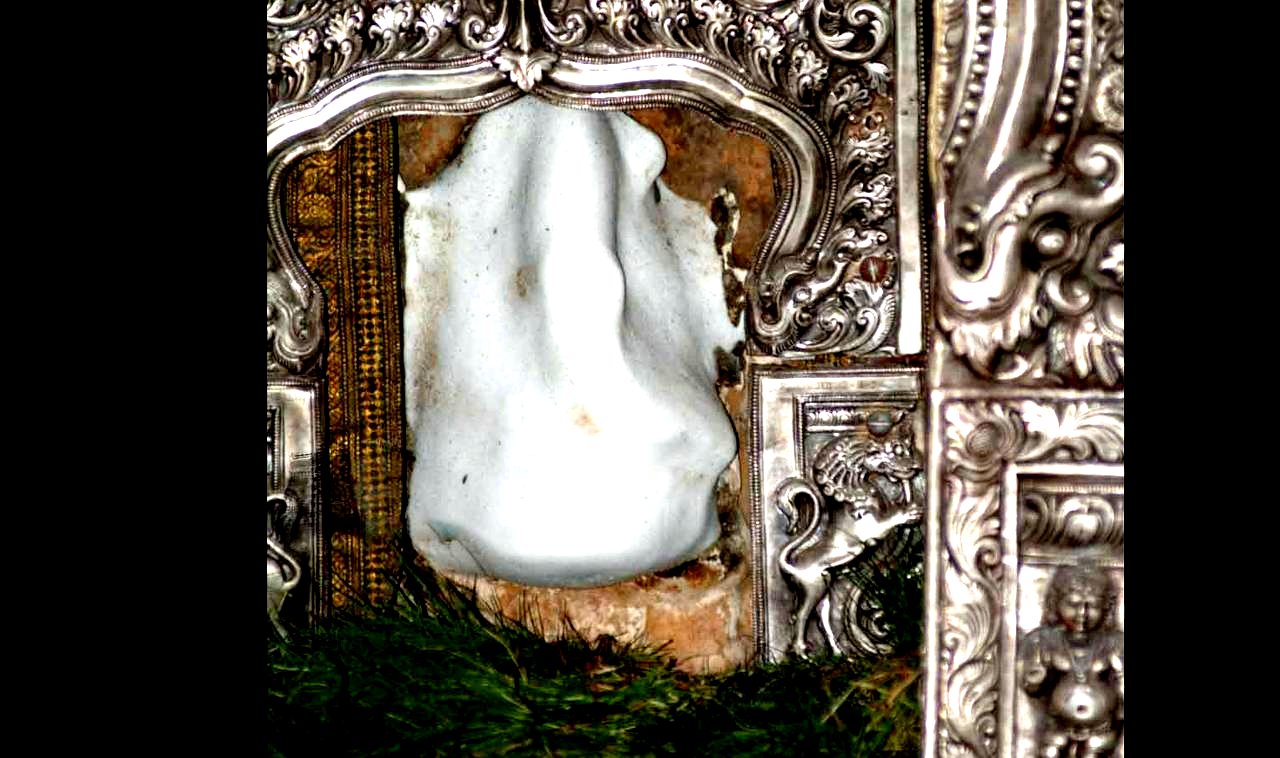
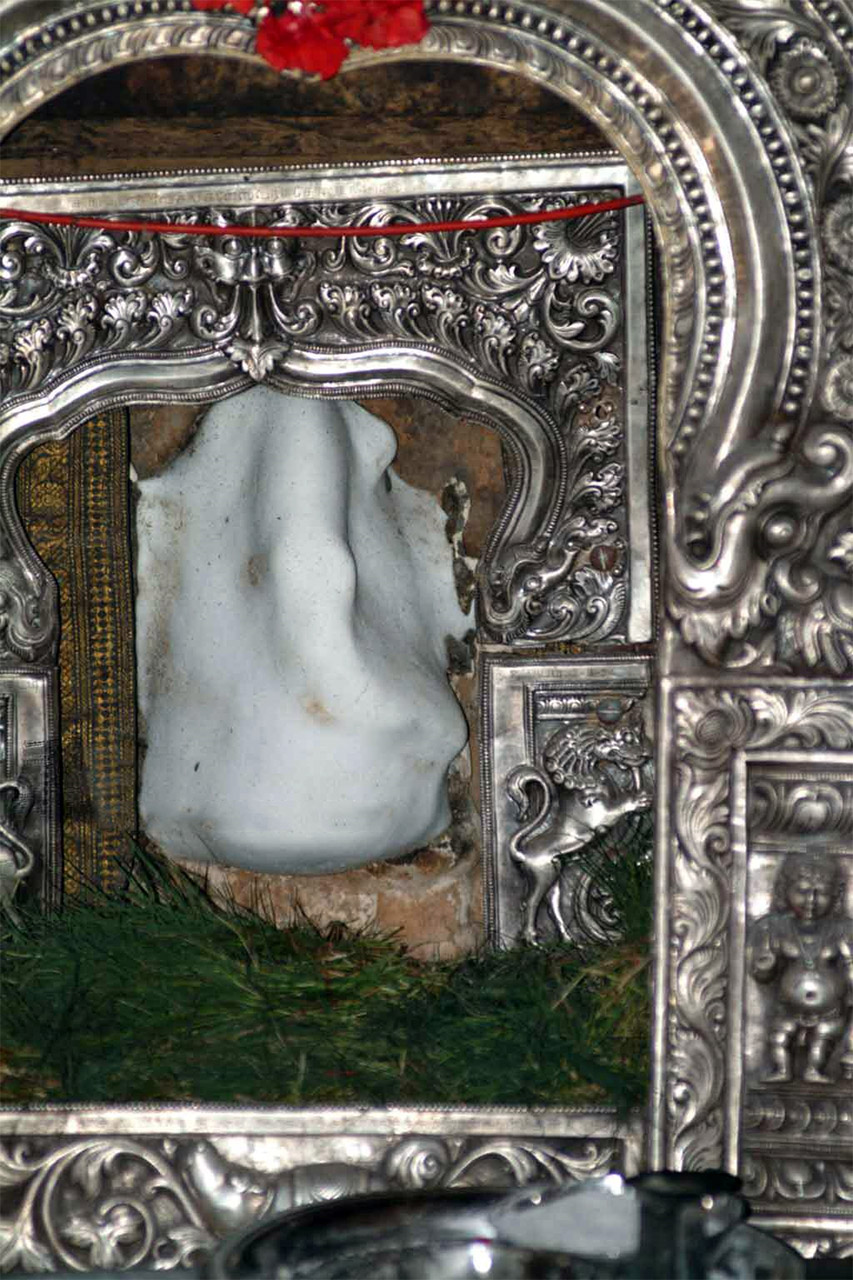
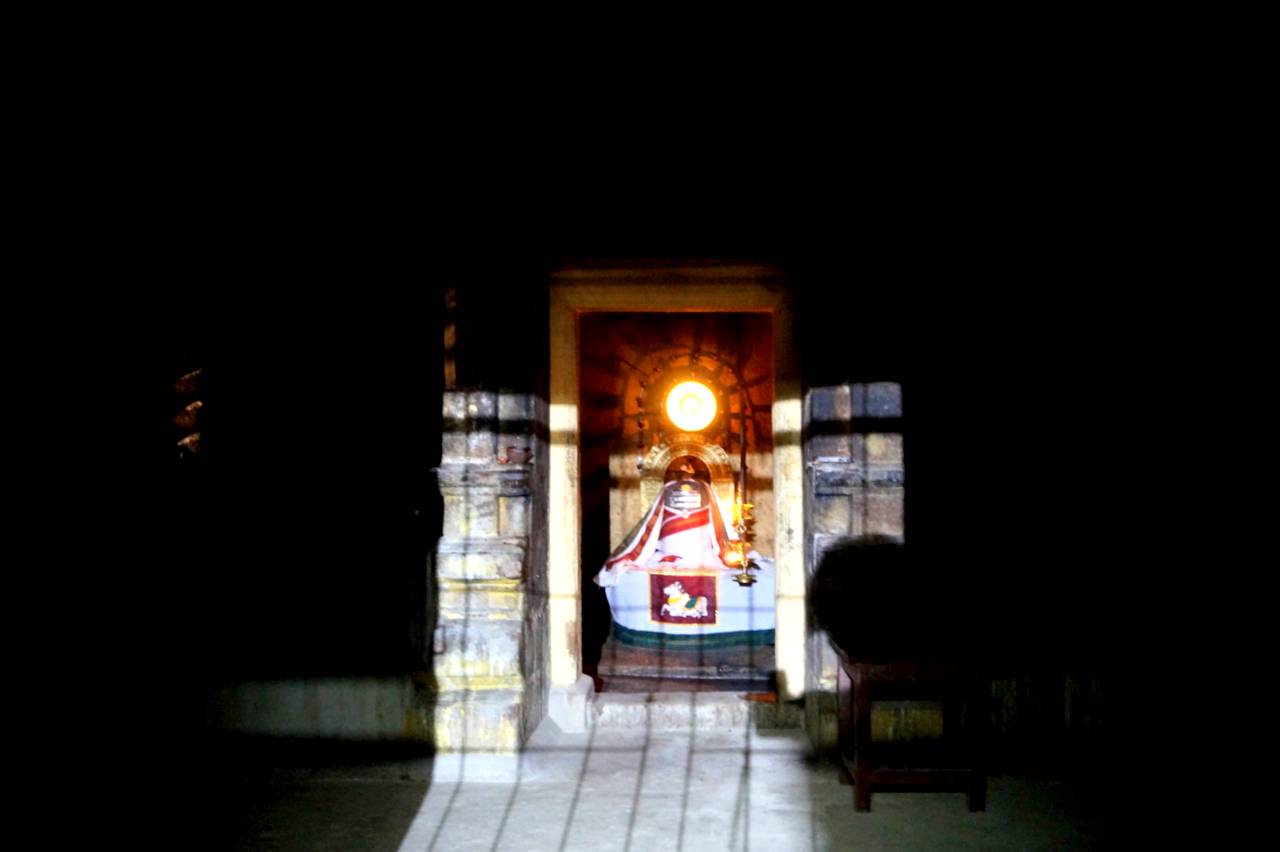
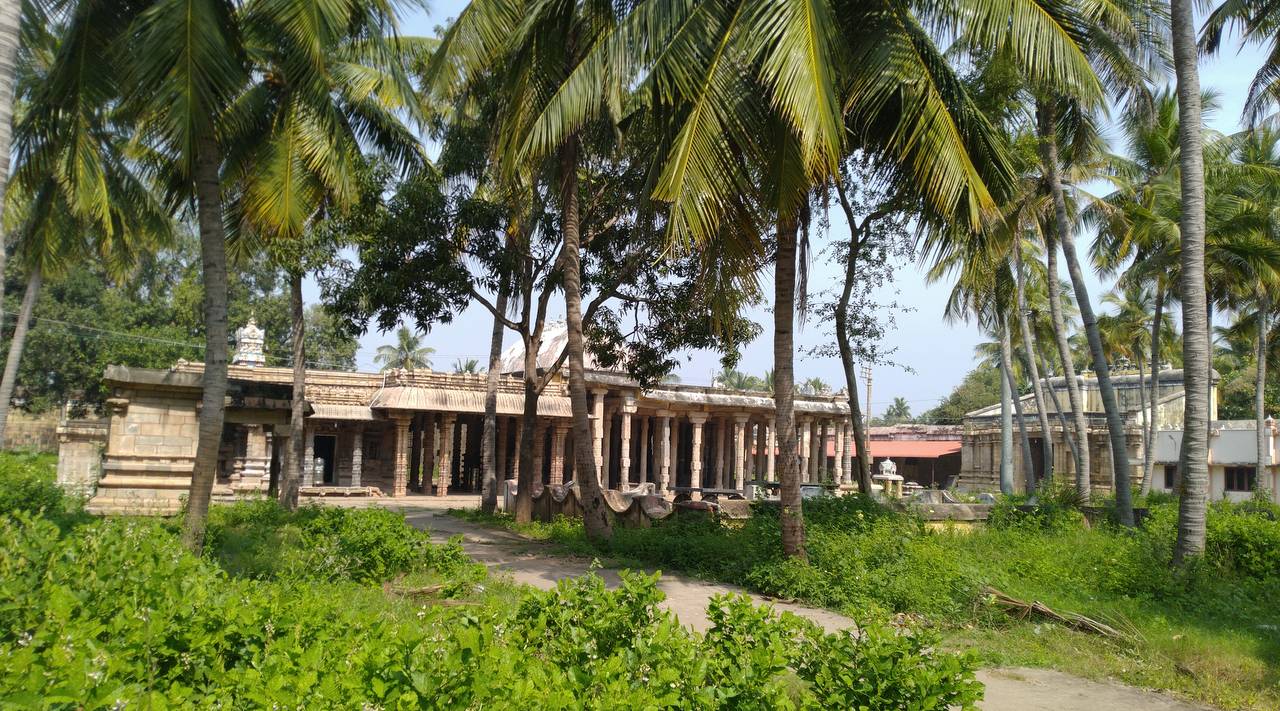
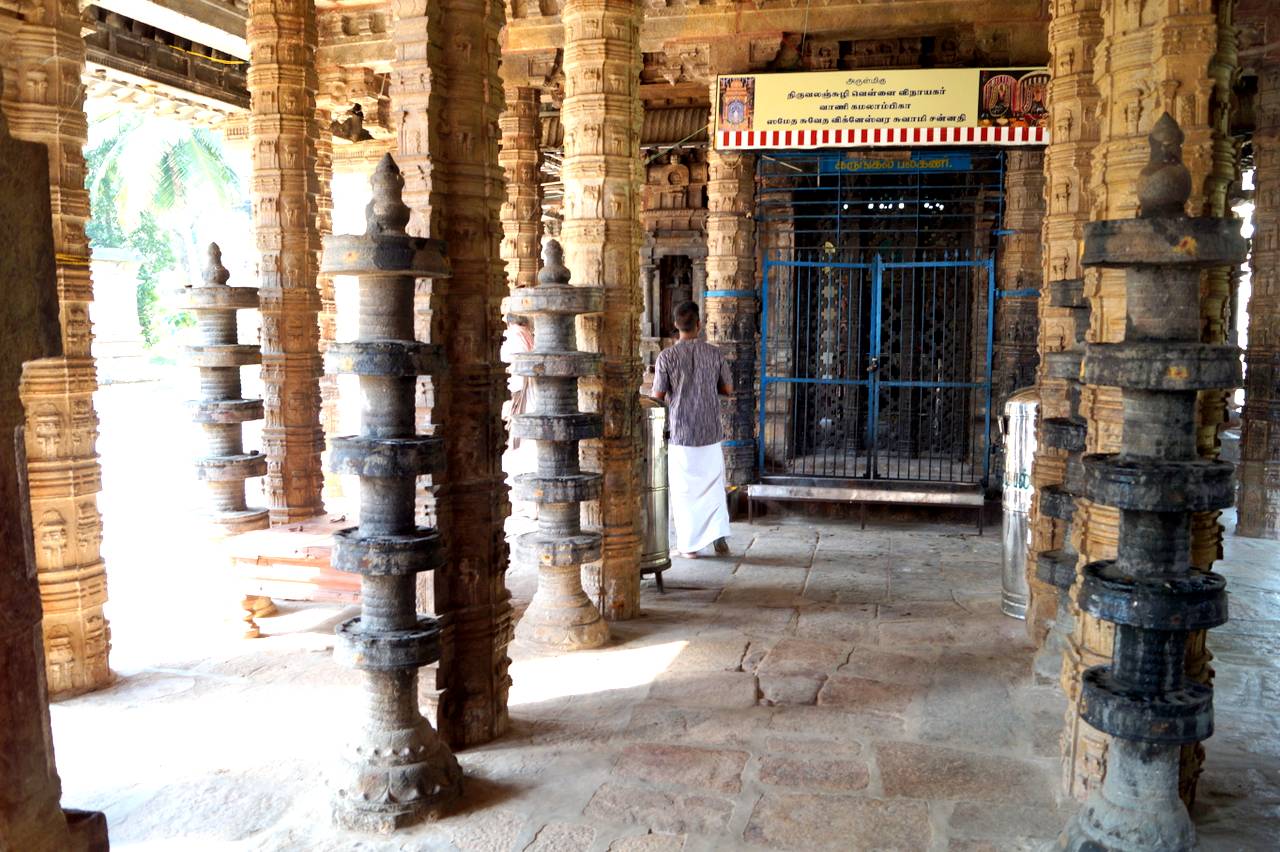
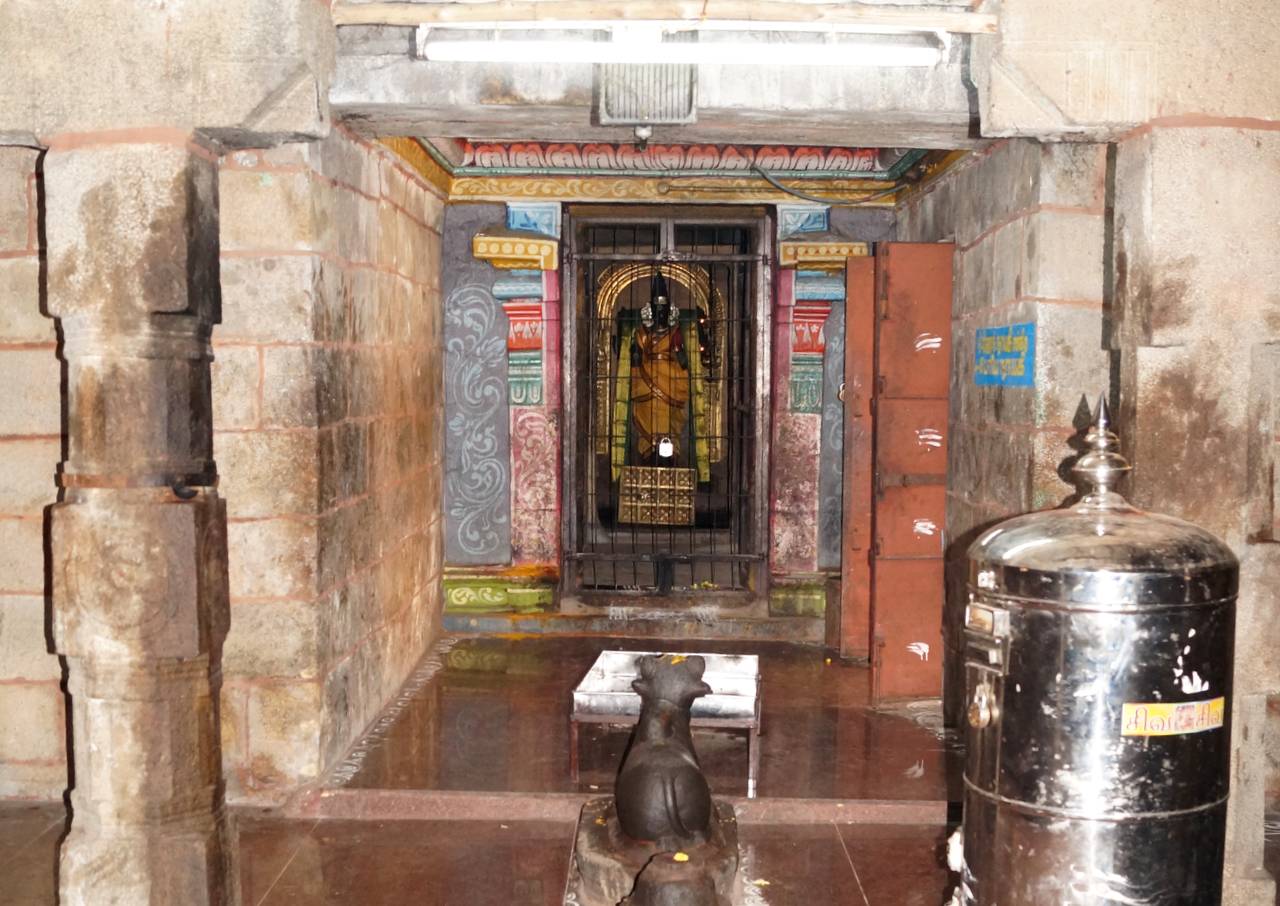
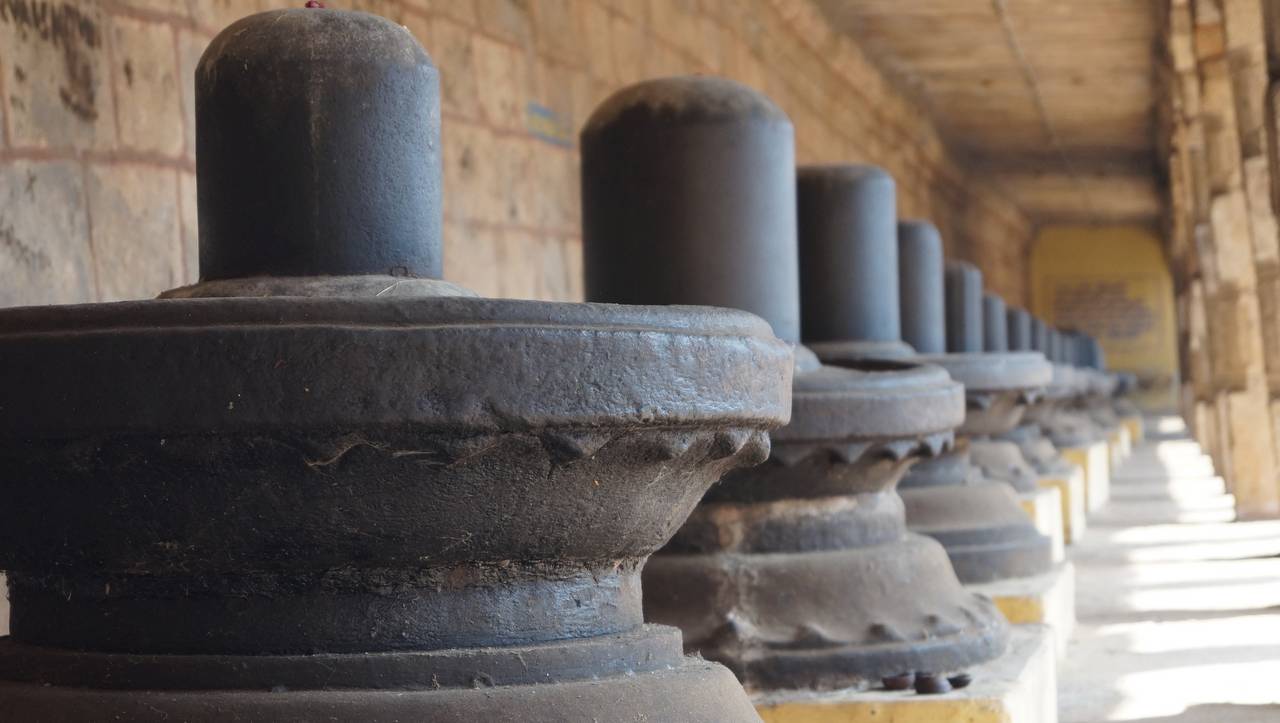
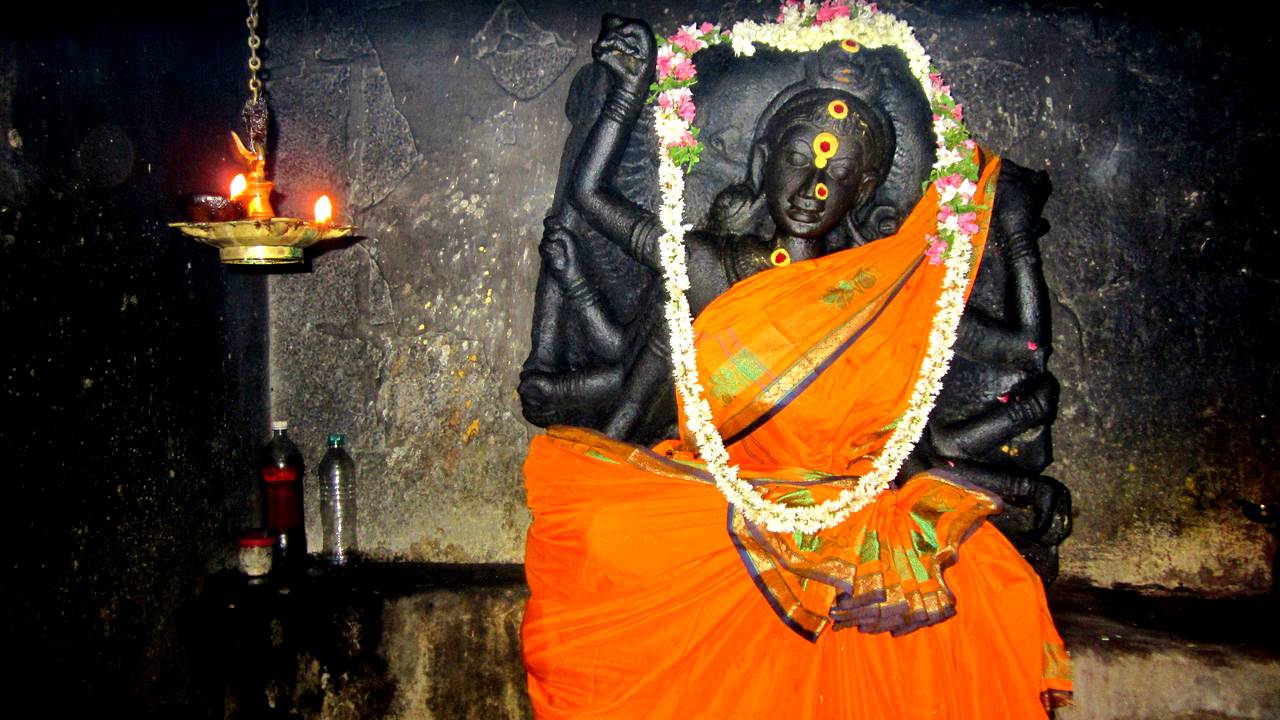
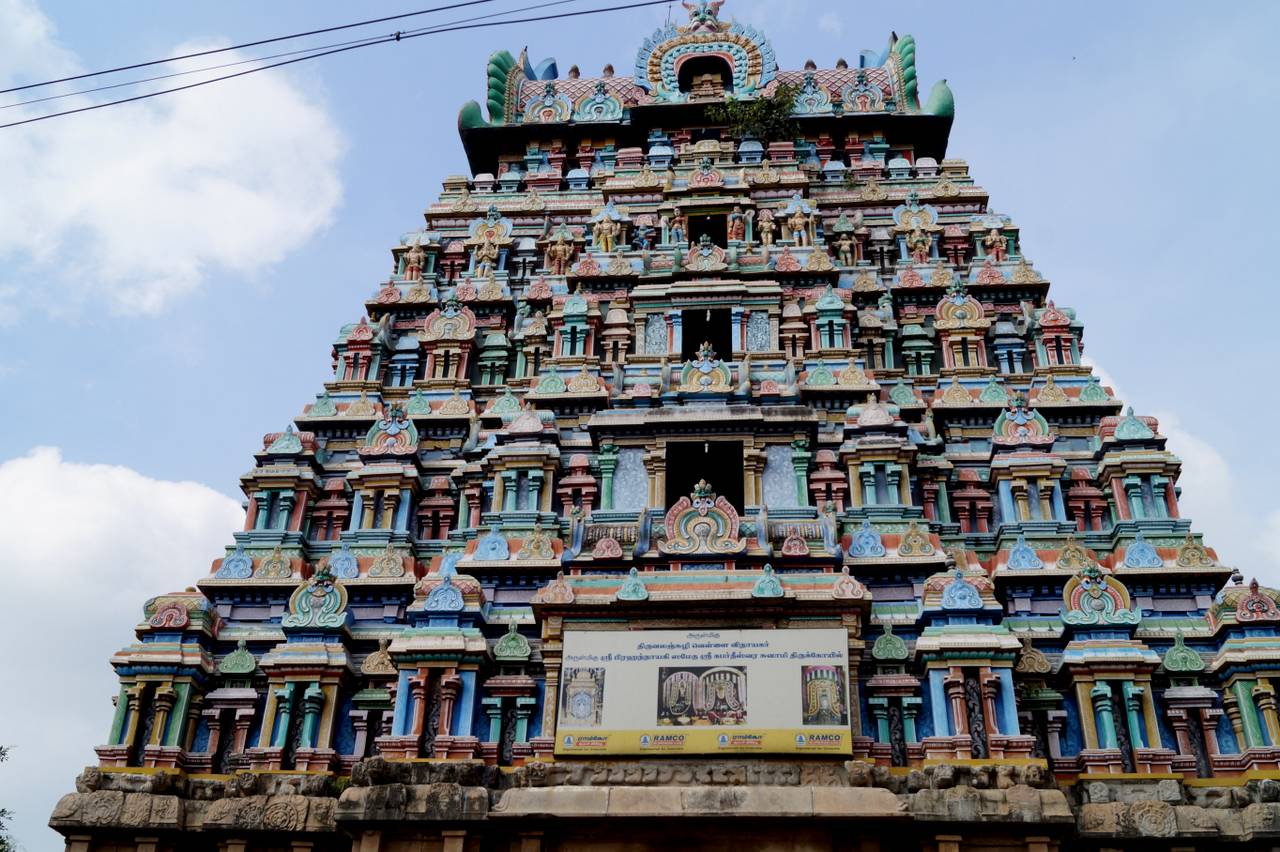

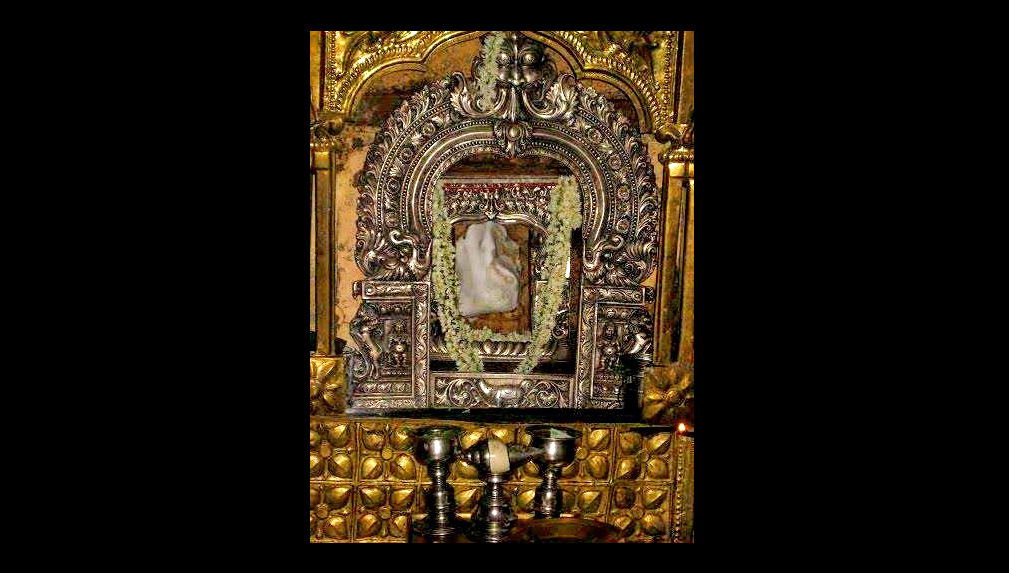
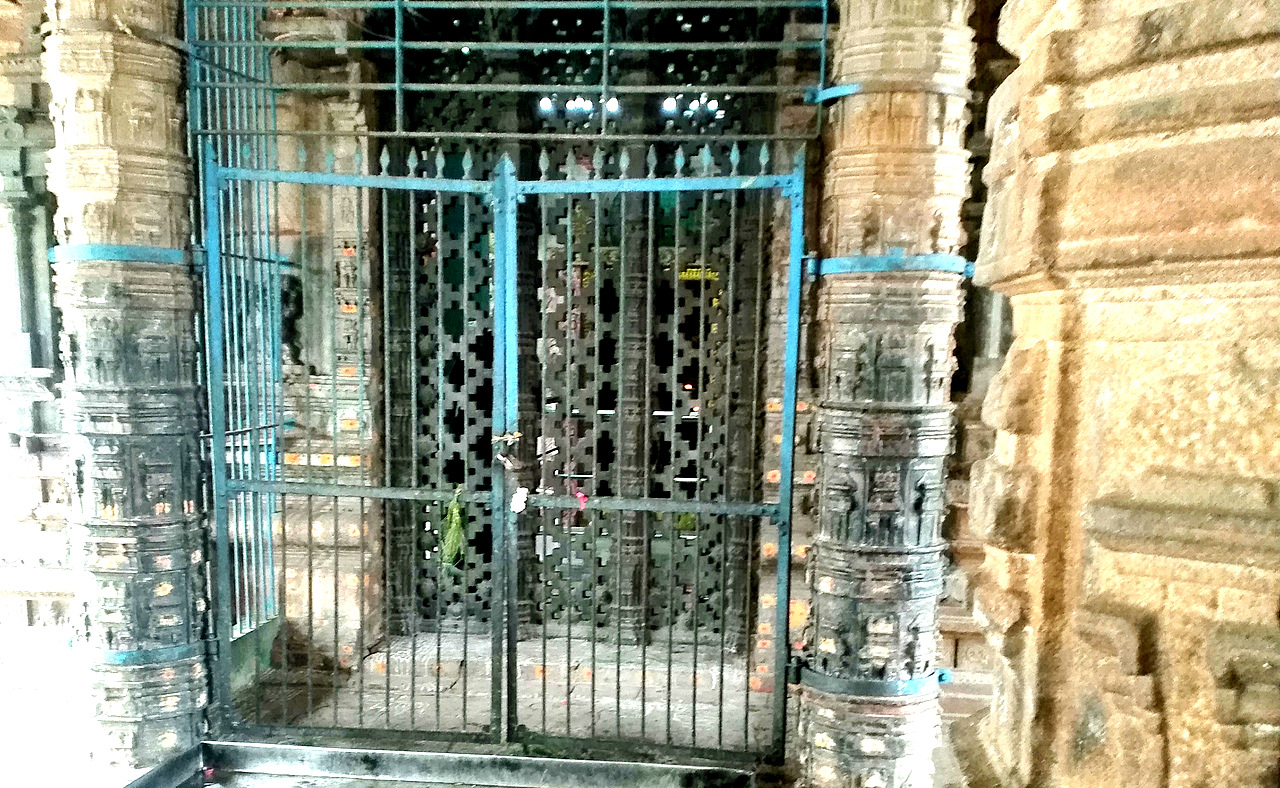
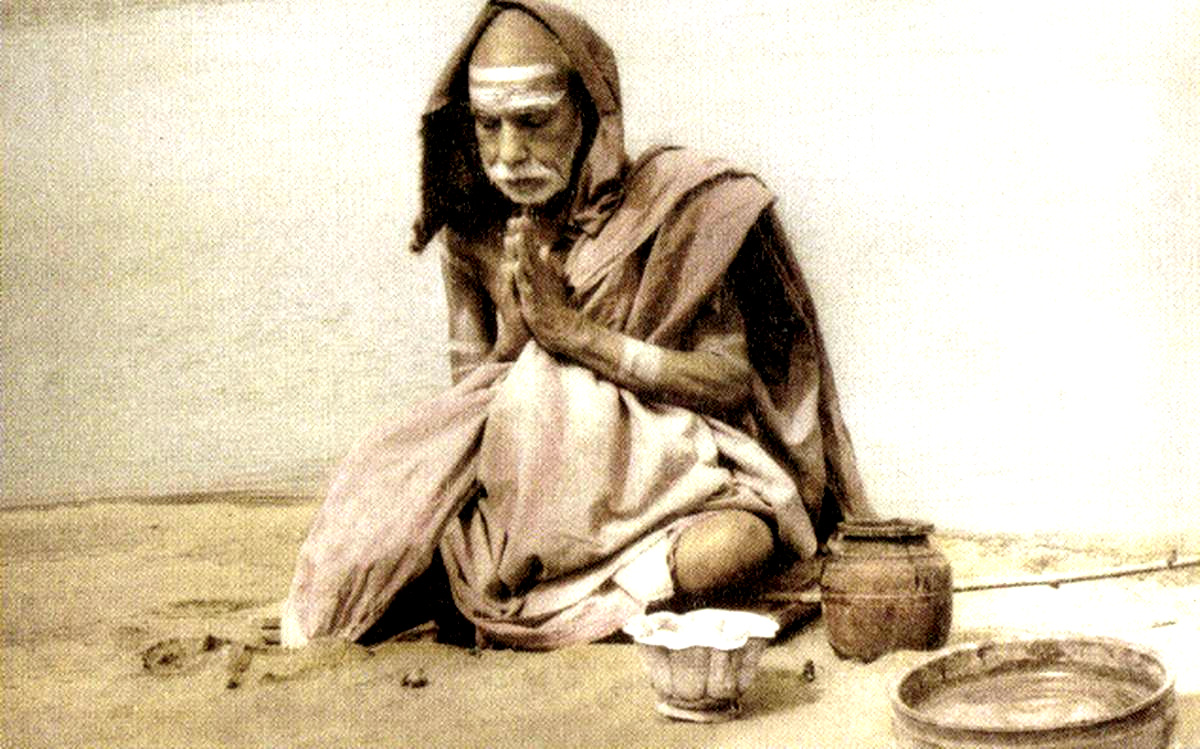
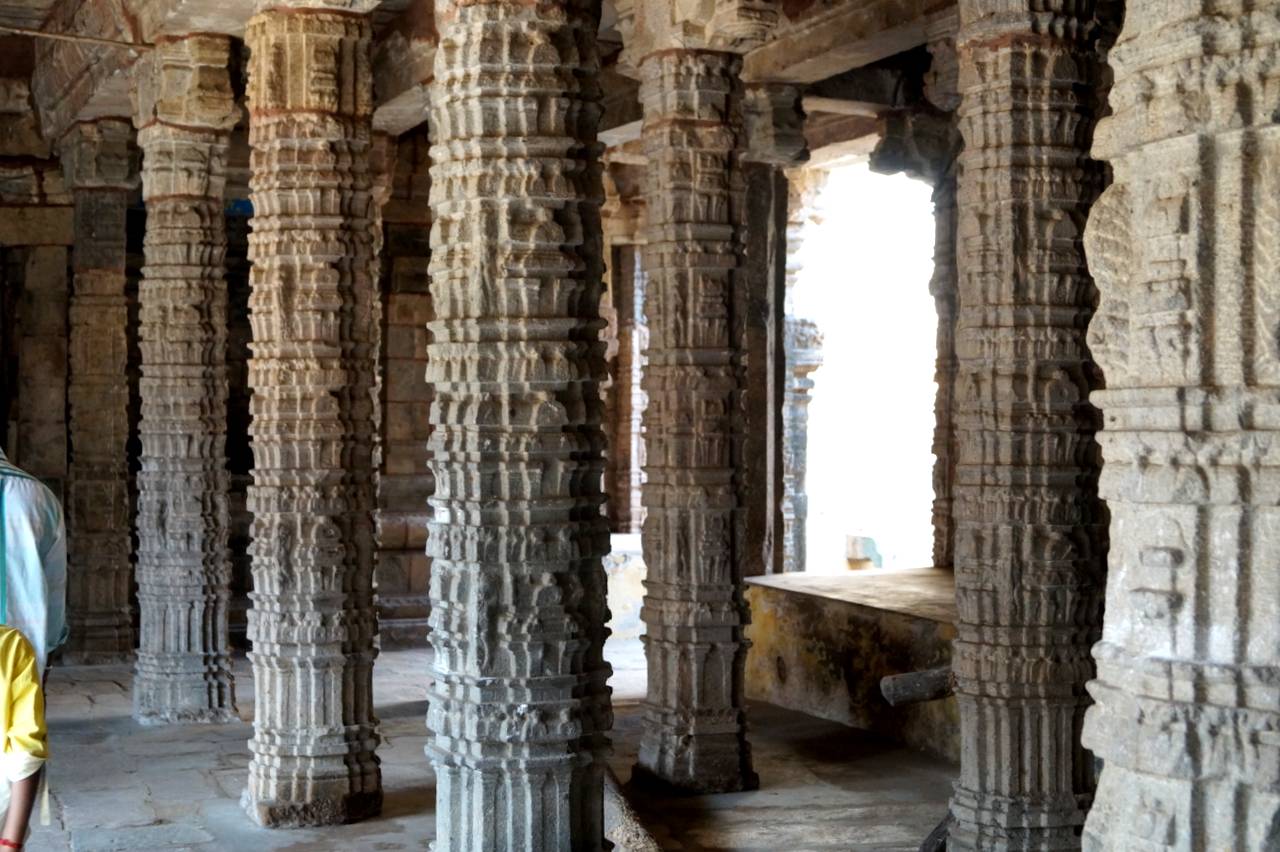
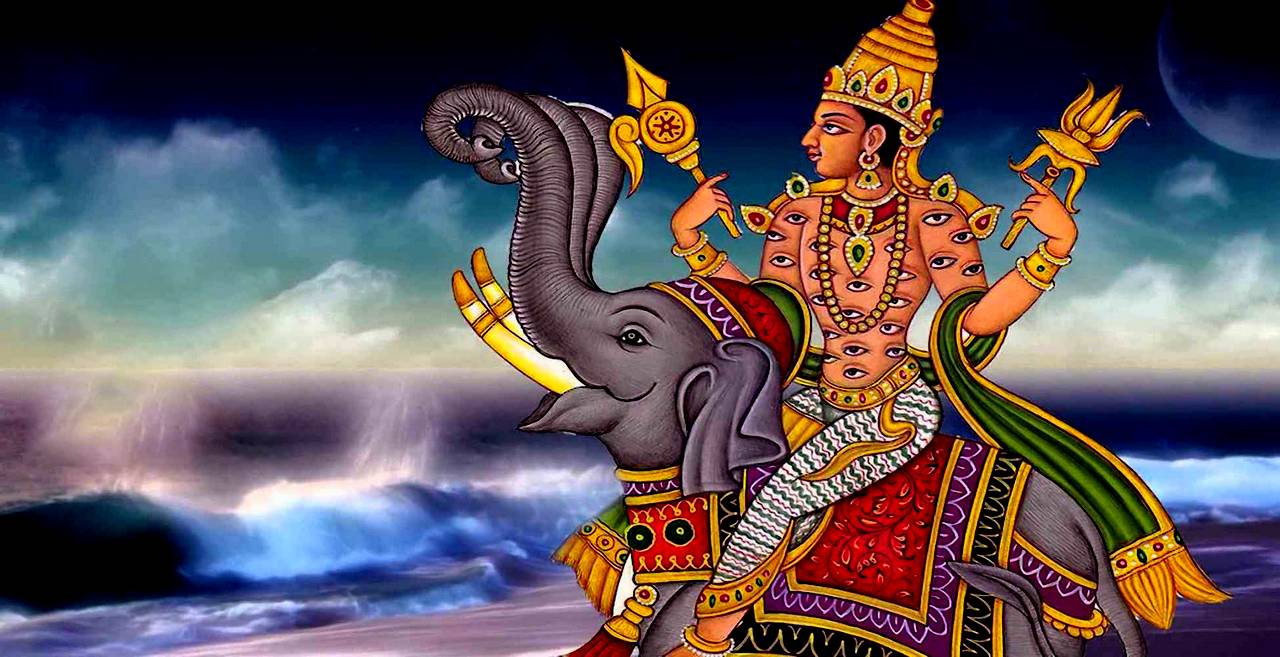
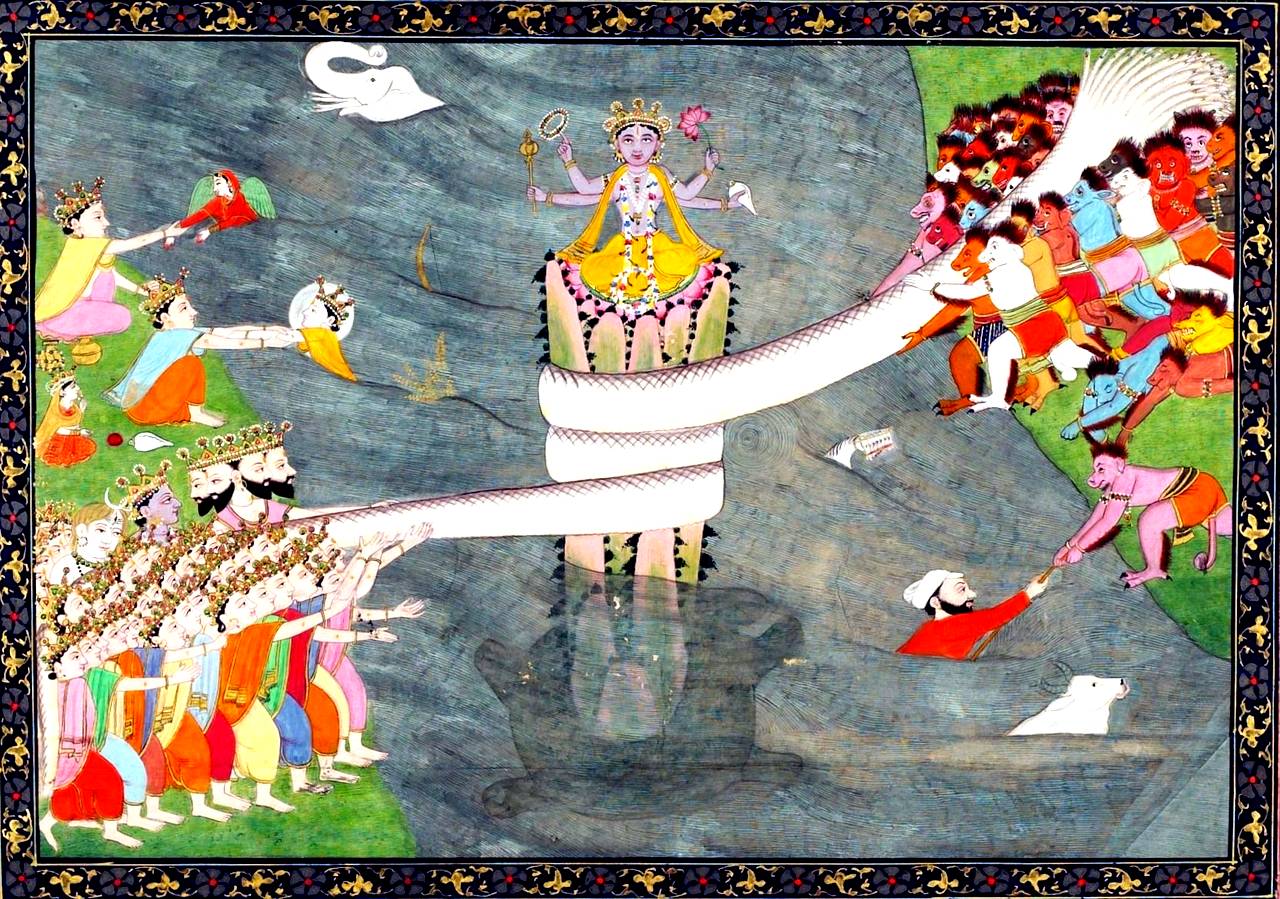
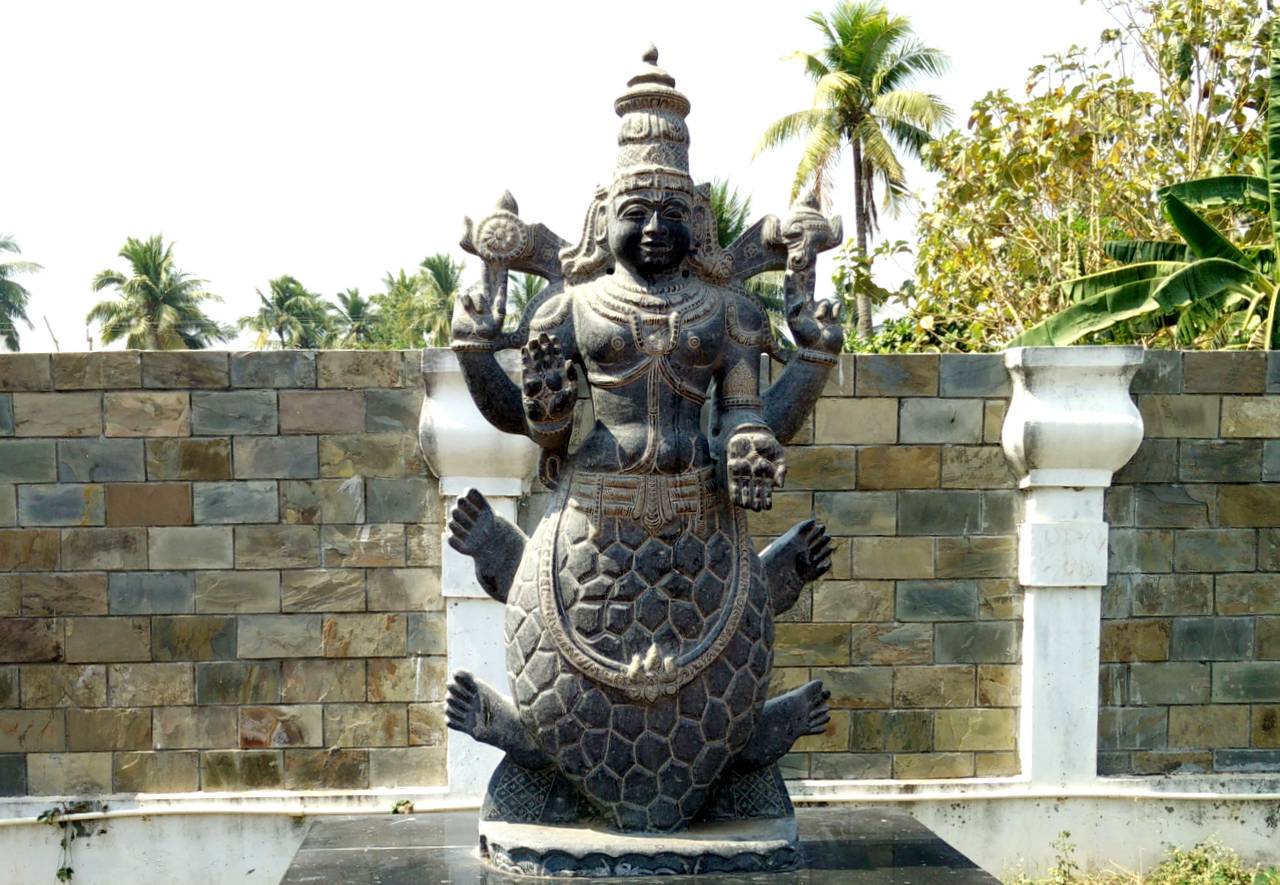
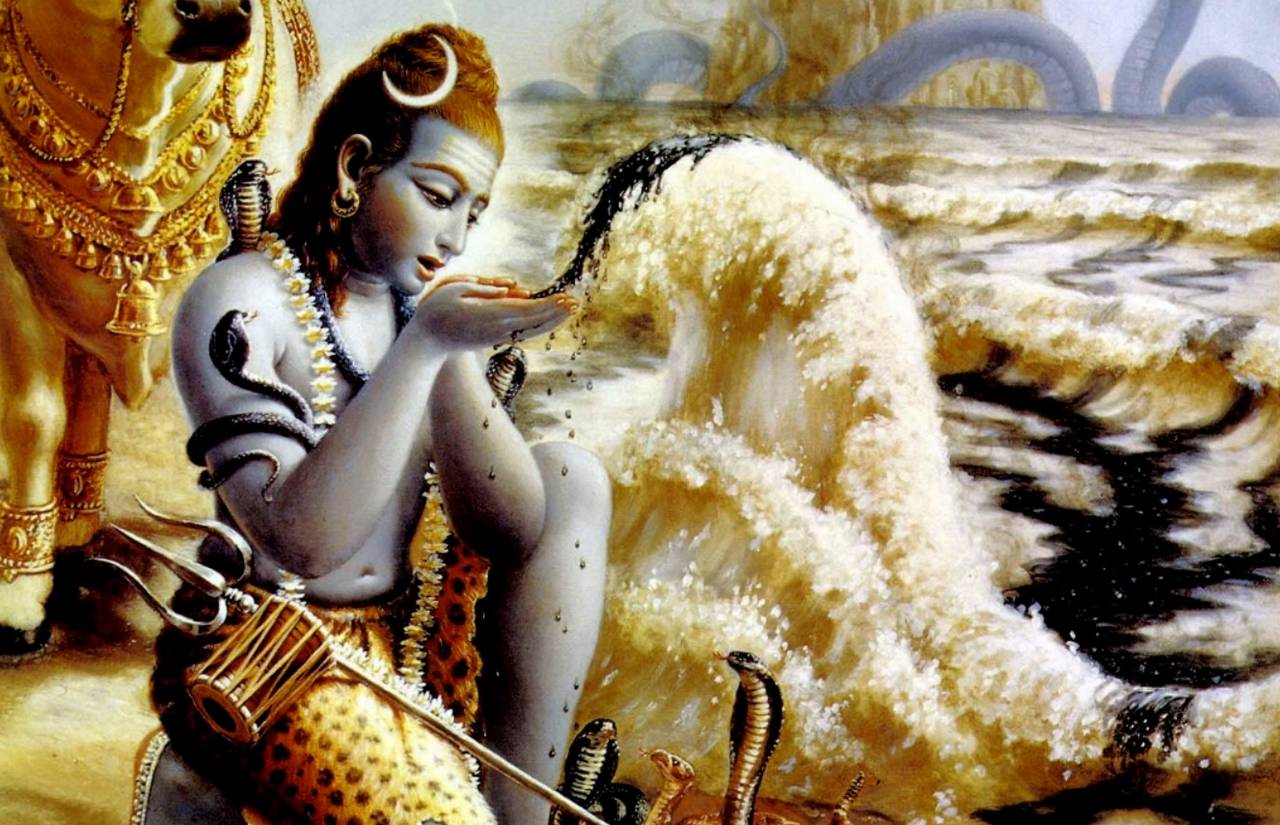
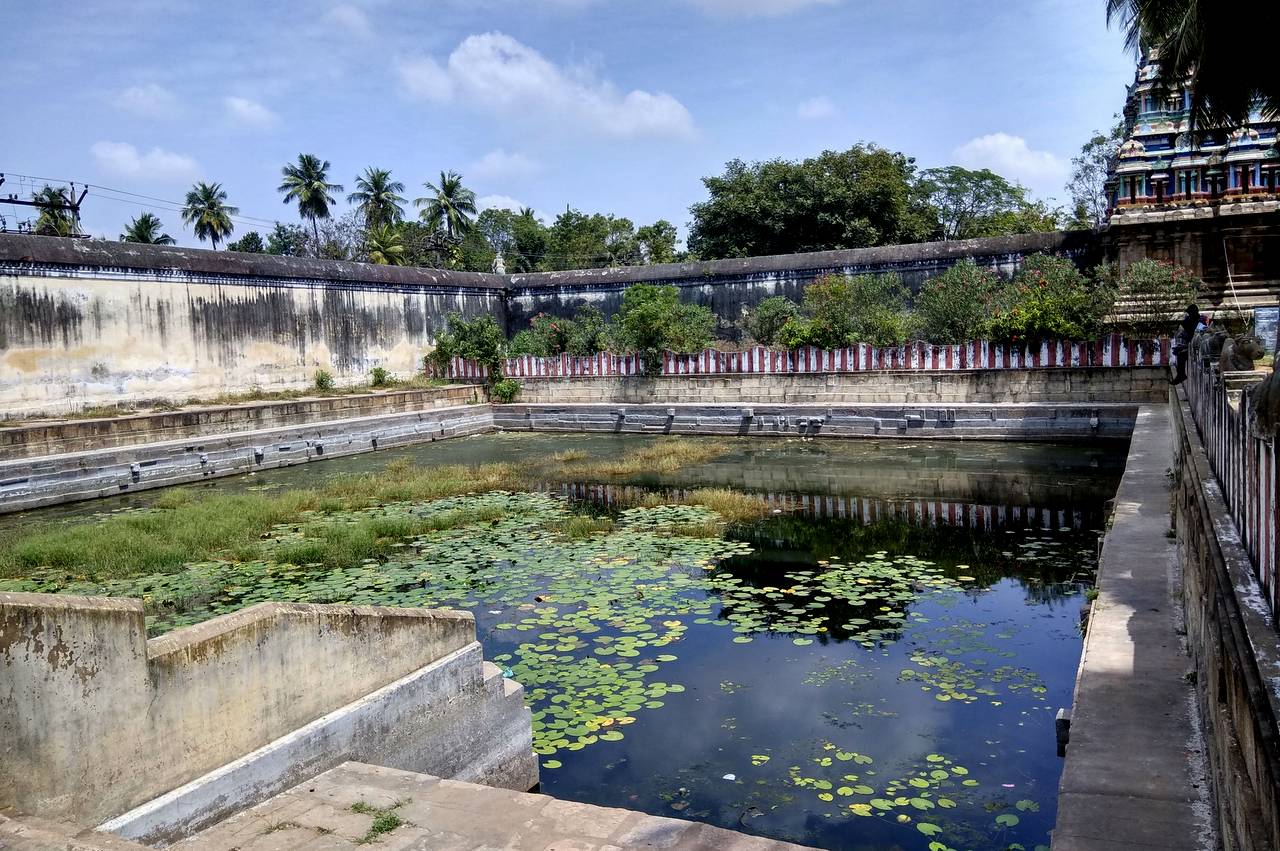
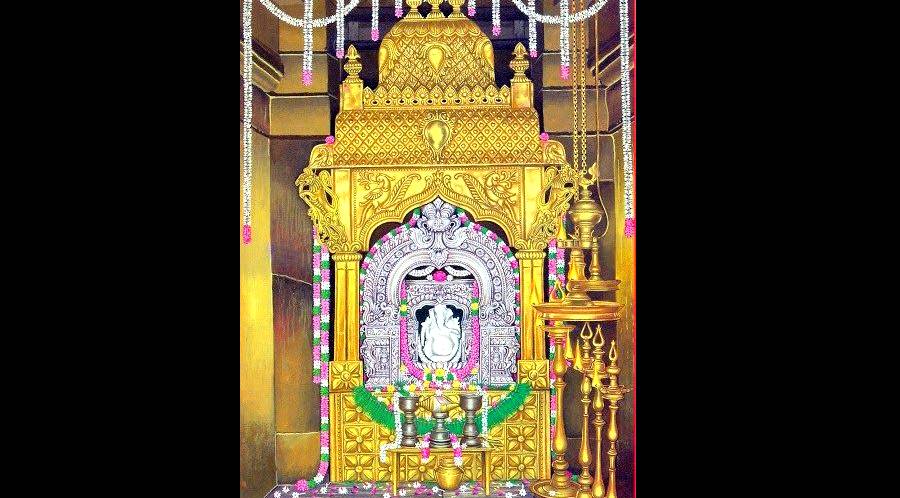
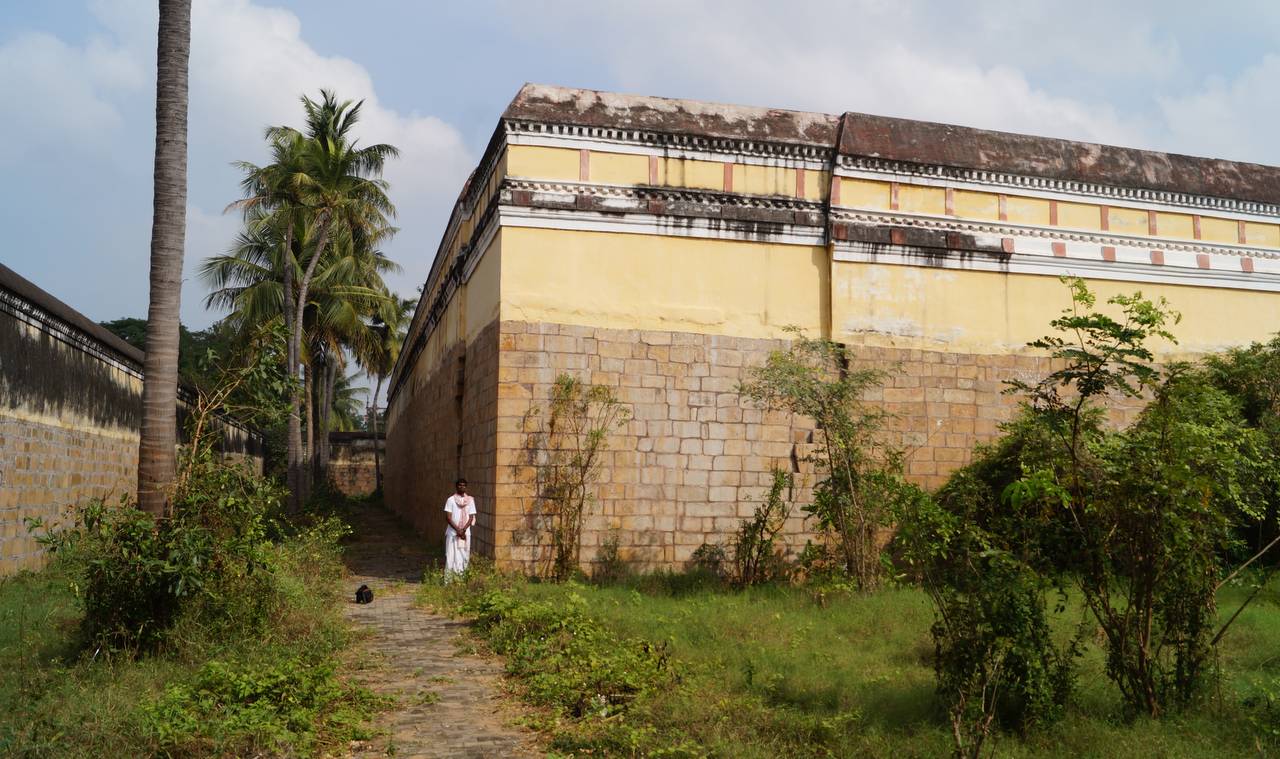
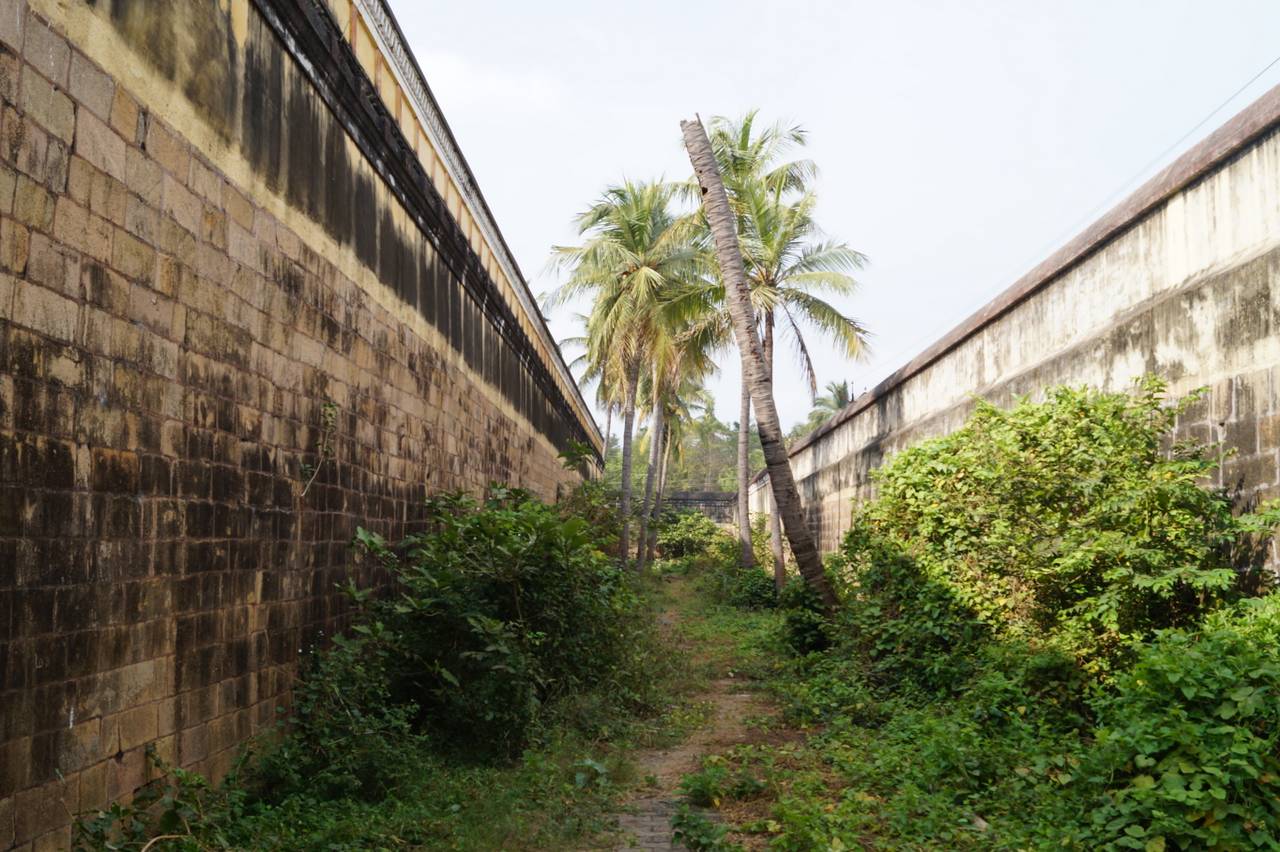
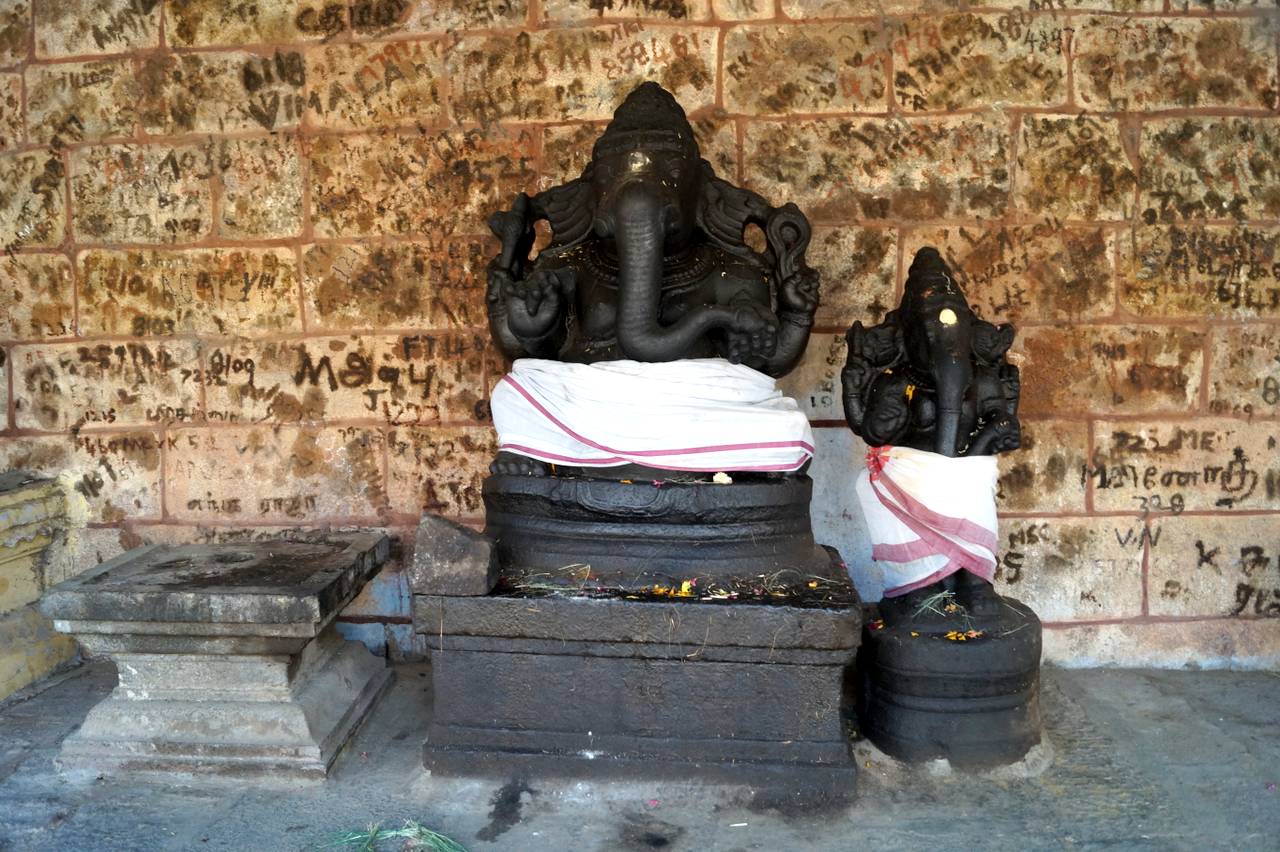

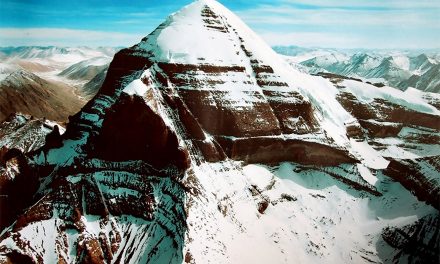










I am humbled by our great Saints and the Kings who preserved, protected our Sanathana Dharma. Great Architectural Marvels with powerful Deities installed in the temple for the pious people live a Spiritual life.